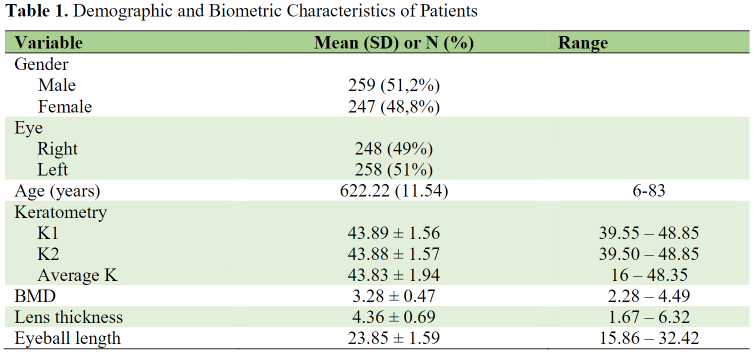SICS as a procedure for cataract with severe corneal scar: a case report SICS as a procedure for cataract with severe corneal scar: a case report
Abstract
Introduction : Cataracts are the most common cause of visual impairment and blindness in Indonesia, according to the Rapid Assessment of Avoidable Blindness (RAAB) survey, which is around 70-80% of patients. Meanwhile, corneal disorders are the second cause of blindness after cataract in the world. Incidence of corneal scar in patients with cataracts can exacerbate visual disturbances to cause blindness and require special treatment.
Case Illustration : A 75 years old woman with blurry eyes since 1 year ago. Acuity of the right eye (OD) was 1/300 and the left eye (OS) was 1/300. Extensive and severe scars were found on the corneas of both eyes. Lens opacities were found in the anterior eye segment. Patient was diagnosed with ODS mature senile cataract and ODS corneal scar. Surgical treatment was carried out using the small-incision cataract surgery (SICS) method, IOL inserted and iridectomy.
Discussion : Mature cataract patients with advanced age tend to have a denser and harder lens. Cataract extraction performed by phacoemulsification procedure in very dense and hard cataracts requires higher ultrasound energy settings thereby increasing the risk of corneal endothelial trauma and burns which will exacerbate corneal scarring in patients. SICS is a better treatment compared to phacoemulsification in patients with complex situations such as corneal scarring in dense and hard cataracts with minimal surgical complications and optimal results. Iridectomy in cataract surgery can be performed if iris prolapse occurs due to high pressure from the posterior segment of the eye.
Conclusion : The SICS procedure shows good results for cataract patients with severe corneal scars
Full text article
References
(-)
Authors

This work is licensed under a Creative Commons Attribution-NonCommercial-ShareAlike 4.0 International License.



